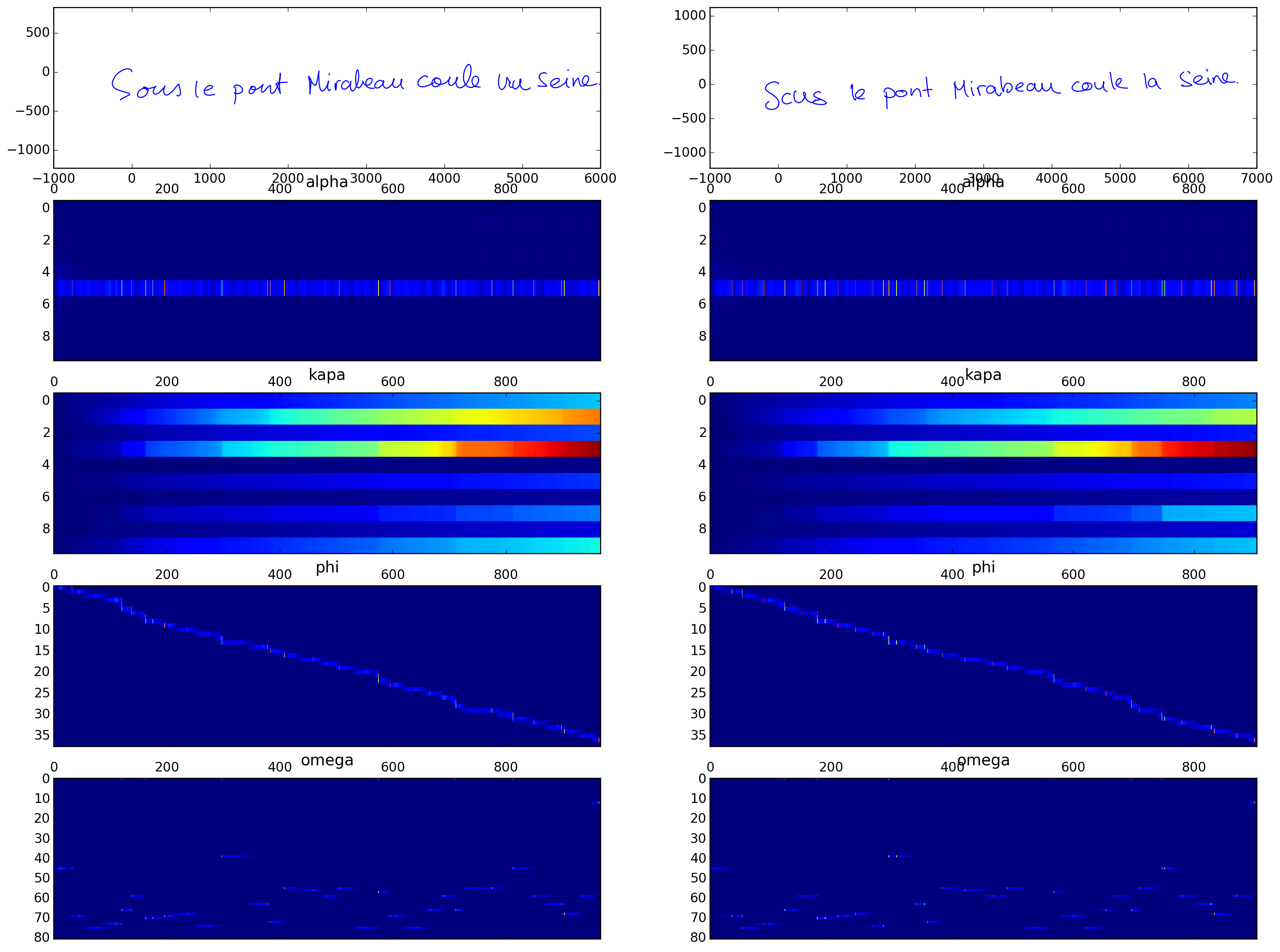Reproduces Alex Graves paper Generating Sequences With Recurrent Neural Networks.
Thanks to Jose Sotelo and Kyle Kastner for helpful discussions.
- Theano
- Lasagne (just for the Adam optimizer)
- Raccoon: version 98b42b21e6df0ce09eaa7b9ad2dd10fcc993dd85
Download the following files and unpack them in a directory named 'handwriting':
- http://www.fki.inf.unibe.ch/databases/iam-on-line-handwriting-database/download-the-iam-on-line-handwriting-database: the files lineStrokes-all.tar.gz and ascii-all.tar.gz
- https://raw.githubusercontent.com/szcom/rnnlib/master/examples/online_prediction/validation_set.txt
- https://github.com/szcom/rnnlib/blob/master/examples/online_prediction/training_set.txt
Add an environment variable $DATA_PATH containing the parent directory of 'handwriting'.
Set an environment variable $TMP_PATH to a folder where the intermediate results, parameters, plots will be saved during training.
If you want to change the training configuration, modify the beginning of main_cond.py.
Run main_cond.py. By default, it is a one-layer GRU network with 400 hidden units.
There is no ending condition, so you will have to stop training by doing ctrl+c.
It takes a few hours to train the model on a high-end GPU.
Run python sample_model.py -f $TMP_PATH/handwriting/EXP_ID/f_sampling.pkl -s 'Sous le pont Mirabeau coule la Seine.' -b 0.7 -n 2 where EXP_ID is the generated id of the experiment you launched.

